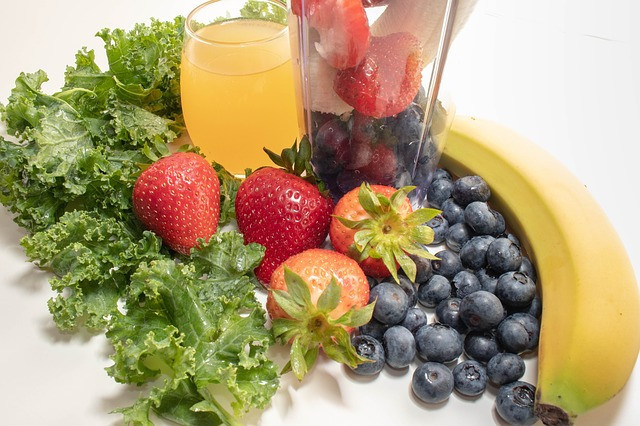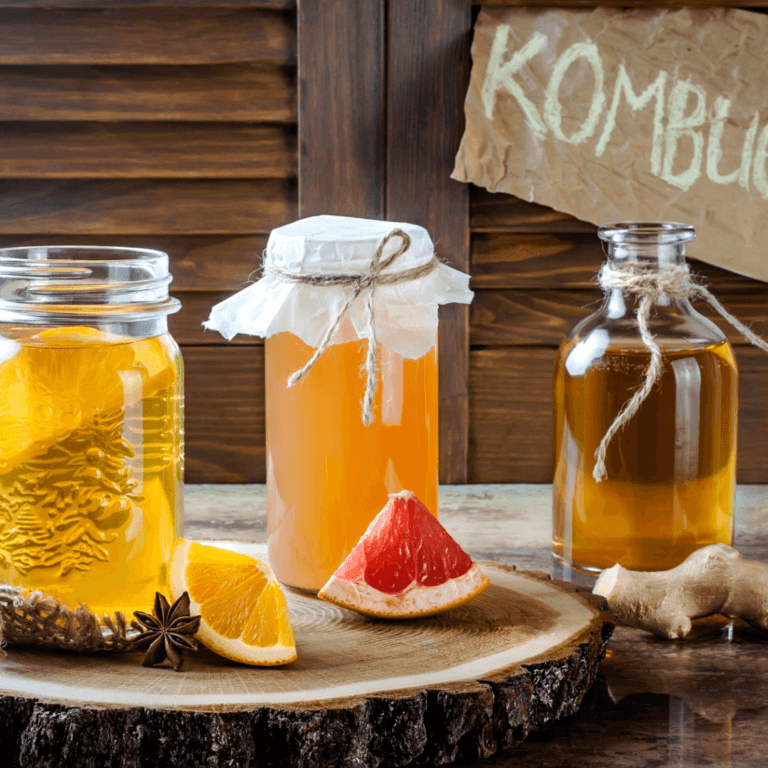How to Clean a Wood Charcuterie Board
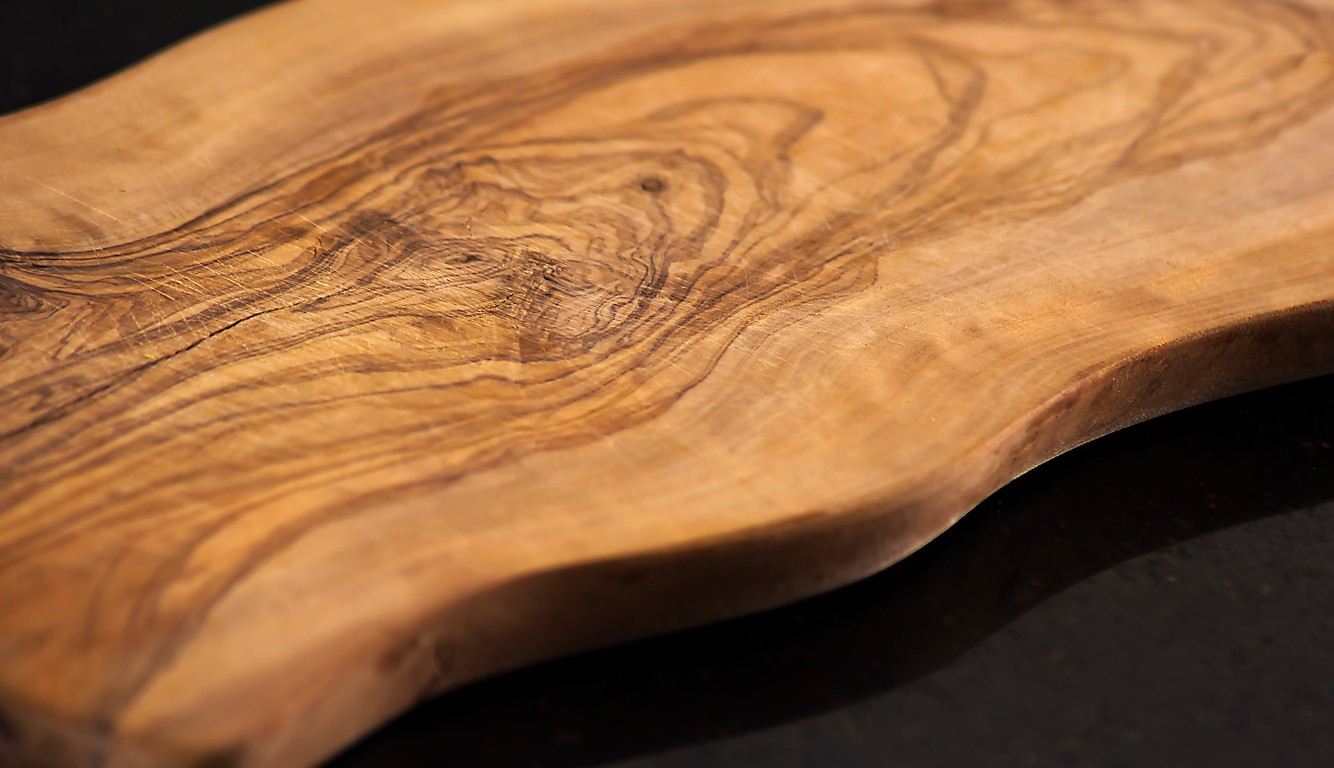
Cleaning a wood charcuterie board is key to maintaining its beauty and hygiene. To clean a wood charcuterie board keep it in top shape, start by washing it with warm water and mild dish soap, scrubbing well to remove any food residue.
After washing, it’s essential to dry the board immediately to prevent water damage. Letting the board air-dry on a raised rack or standing it on a towel ensures airflow on both sides, which helps prevent warping.
To maintain your board’s surface and prevent cracking, apply a food-grade mineral oil. Rub the oil into the board, let it soak in for at least 30 minutes, and wipe off any excess. Regular oiling keeps the wood moisturized and looking great.
Materials and Tools Needed to Clean a Wood Charcuterie Board
To keep your wood charcuterie board in great shape, it’s important to have the right cleaning agents, cloths, and brushes. This helps ensure your board stays clean, free from bacteria, and looking its best.
Choosing the Right Cleaning Agents
When choosing cleaning agents for your board, always go for mild dish soap and food-grade mineral oil. Mild dish soap is gentle enough to clean without damaging the wood. Food-grade mineral oil helps keep the wood from drying out and cracking.

A mix of white vinegar and water can also be useful for deep cleaning. Avoid harsh chemicals or bleach since they can be harmful and might leave residues.
Selecting Cloths and Brushes
Use a soft cloth like microfiber or an old t-shirt for applying oil to your board. These cloths help distribute the oil evenly and don’t leave lint behind. For scrubbing, opt for a soft-bristled brush or sponge which can remove food particles without scratching the wood.
Paper towels are handy for wiping off excess oil after treating your board. Make sure you don’t use anything too abrasive, as it can damage the wood surface.
With the right materials, maintaining your charcuterie board becomes a breeze.
Cleaning Process
Regular cleaning helps prevent bacteria growth, keeps your board looking great, and extends its life. Here are the key steps to clean your wooden charcuterie board properly.
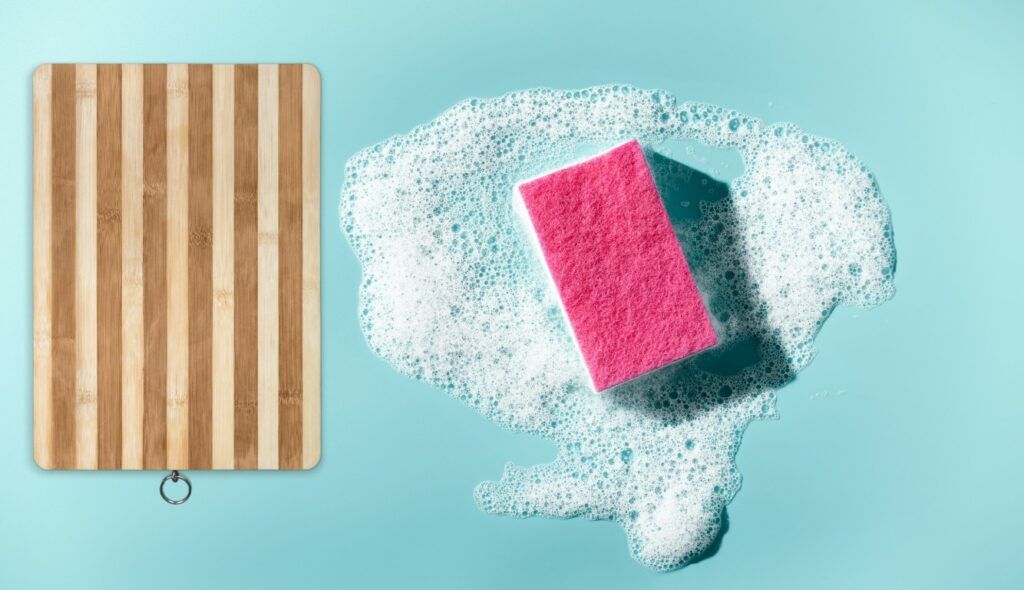
Washing
To start, scrape off any food particles gently with a spatula or scraper. Avoid using sharp objects that could scratch the wood.
Next, use warm water and mild dish soap. Wet a sponge or cloth with this mixture and wipe the surface. Do not soak the board or put it in the dishwasher, as this could lead to water absorption and warping.
Rinse the board with warm water to remove soap residue. Make sure you use as little water as possible to avoid getting the board too wet.
Sanitizing
To sanitize, you can use white vinegar or hydrogen peroxide. Pour a small amount onto the board and spread it evenly with a clean cloth. Let it sit for a few minutes.
For tougher stains, sprinkle salt over the board and scrub with a cut lemon half. The salt acts as a natural abrasive, and the lemon’s acidity helps to disinfect and remove stains.
Rinse the board one more time with warm water, ensuring you fully remove all the cleaning agents.
Drying and Storing
After washing and sanitizing, pat the board dry with a clean towel immediately. Stand the board upright to air dry completely. Putting a wet board flat to dry can cause it to dry unevenly, which may result in warping.
Once dry, apply food-grade mineral oil to prevent dryness and cracking. Use a soft cloth to rub a small amount of oil into the wood. Let it soak in for a few hours, then wipe off any excess oil.
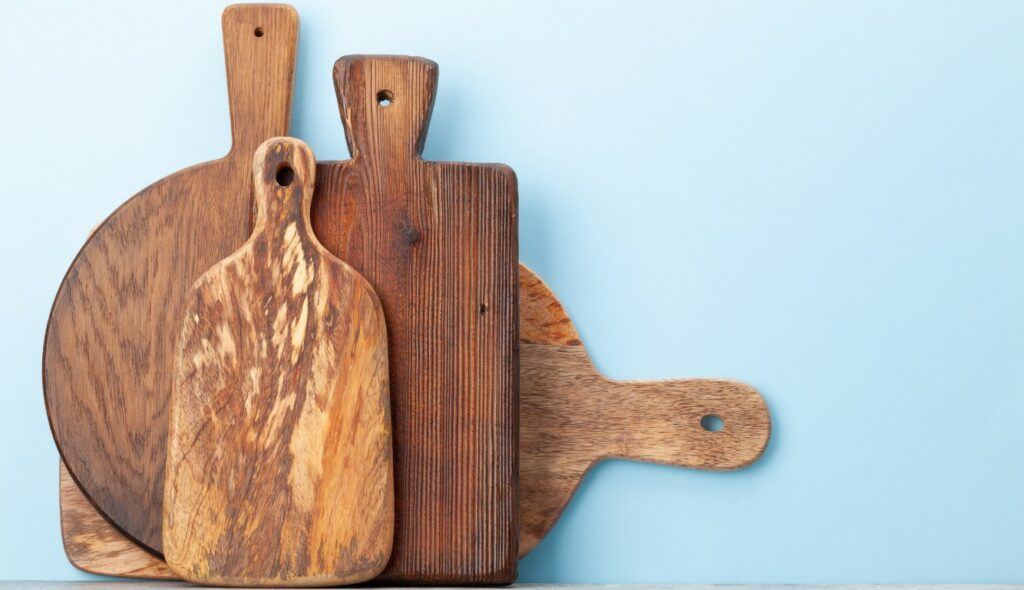
Store your charcuterie board in a well-ventilated area, and avoid exposing it to extreme moisture or heat. This careful drying and storing process ensures the longevity and quality of your wooden charcuterie board.
Maintenance and Conditioning
Proper care of your wooden charcuterie board involves regular maintenance and conditioning. You should frequently oil and wax your board, handle cuts and scratches carefully, and take steps to prevent warping and cracking.
Oil and Wax Treatments
To keep your board in good condition, apply food-grade mineral oil regularly. Begin by cleaning the board with warm, soapy water and letting it air dry. Using a soft cloth or paper towel, rub the mineral oil into the surface. Allow it to soak for at least 30 minutes, then wipe off any excess oil.
For extra protection, a beeswax or butcher block wax application can help seal the wood. Products like Clapham’s Salad Bowl Finish work well. Rub the wax onto the board, then buff the surface until it no longer absorbs the wax.
Handling Cuts and Scratches
Scratches and cuts are inevitable. To minimize damage, lightly sand the affected areas with fine-grit sandpaper. Always sand along the grain of the wood, never against it. Once sanded, clean the board thoroughly.
After sanding, reapply food-grade mineral oil to the sanded areas. Oil helps to heal minor scratches and prevents further damage. If needed, follow up with a wax treatment to seal the surface.
Preventing Warping and Cracking
Warping and cracking occur when wood gets too wet or dries out too much. Avoid soaking your board in water; instead, wash it quickly with soap and water, then dry immediately. Place it on a raised rack or stand it on a towel to allow airflow on both sides.
Store your board in a flat position away from direct heat and sunlight. Extreme temperatures can lead to warping and cracking. Proper care, such as regular oiling and waxing, helps maintain the board’s moisture balance, reducing the risk of warping.
Taking these steps ensures your wooden charcuterie board remains both beautiful and functional for years to come.
Usage and Safety Tips
Proper care and usage ensure your wooden charcuterie board lasts longer and remains safe for serving food. Follow these tips to keep your board in good condition.
Proper Usage
When using your charcuterie board, choose tough hardwoods like oak, maple, or walnut. These woods resist cuts and grooves, maintaining the board’s quality and longevity.
Always use a sharp knife or spatula when cutting meat or fish on the board. This helps prevent deep grooves, which can trap bacteria. After each use, immediately hand-wash the board with warm, soapy water and let it air dry to avoid warping or cracking.

Avoid placing your wooden charcuterie board in direct sunlight or near heat sources. Excessive heat can dry out the wood and cause it to split.
Condition your wooden charcuterie board regularly with food-grade mineral oil or wax. Apply the oil using a clean, lint-free cloth, rubbing it in using circular motions. Let the oil soak in, then wipe off any excess with a paper towel. This restores and protects the wood.
Preventing Cross-Contamination
Cross-contamination can lead to foodborne illnesses, so it’s important to keep raw meat, fish, and other ready-to-eat foods separate on your charcuterie board. Use separate boards for raw meat and other items or thoroughly clean the board between uses.
Wash your board with a cleaning solution and hot, soapy water. Use a brush to reach any grooves where bacteria might hide. Rinse well and let the board air dry.
Sanitize your wooden charcuterie board monthly by applying a food-safe disinfectant. After sanitizing, deodorize the board by rubbing it with a cut lemon or a paste made from baking soda and water.
Always wash your hands before and after handling food, especially raw meat. This prevents the spread of bacteria and ensures a safe kitchen environment.




